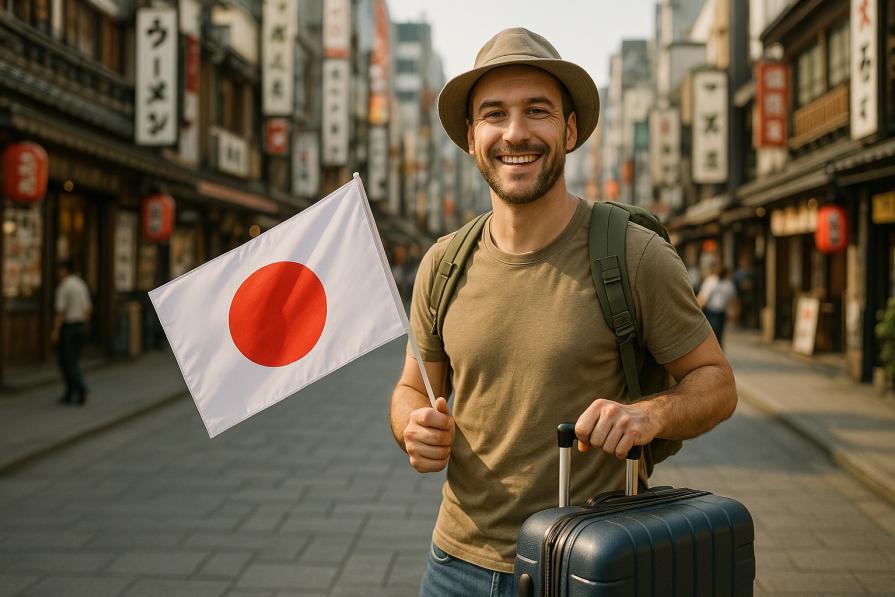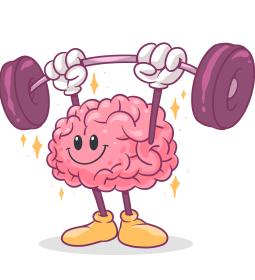
Step one: decide on the season
Japan is an amazing country that attracts tourists all year round, but it is important to understand that not every month is equally convenient and enjoyable for travel. If you want to spend a little on the trip and still enjoy the beauty of the country, you should choose the right time in advance.
In Japan, February is a cold, windy and cloudy month, but August, following the rainy season, is usually characterized by sweltering heat. If you want to enjoy the trip without discomfort and overpayments for accommodation, it is better to exclude these months.
Particular attention should be paid to the two main tourist seasons: the spring cherry blossoms and the autumn momiji, when the leaves of the trees turn bright red and yellow. Every year, experts publish forecasts indicating the optimal time to observe cherry blossoms and autumn foliage in different regions. For example, in Tokyo in 2025, the first cherry blossoms appeared around March 21, and the peak of blooming was on March 28. If you want to catch these natural phenomena, it is worth studying the forecasts in advance and planning a trip.
However, it is important to keep in mind that during the height of these seasons, prices for hotels and rekanas (traditional Japanese inns with onsen, i.e. hot baths/springs) increase significantly. It is better to book accommodation several months in advance, otherwise only expensive or inconvenient options will remain available. Even in large cities, where there always seems to be free rooms, the choice is drastically reduced when booking late.
The second step: think over the route and budget for transport

The ideal duration of a trip to Japan is from 10 days to two weeks. If less, it will be difficult to have time to see everything you would like. Although the country is small in territory, the variety of locations and attractions here is amazing.
It is important to decide in advance what exactly you are more interested in: natural parks and mountains or ancient temples and traditional restaurants, metropolises or quiet provincial towns. For the first acquaintance with Japan, it is advised to stop at places such as Tokyo, Osaka, Kyoto, Nara and Hiroshima - these cities will allow you to get a versatile impression of the country. It is profitable to fly to Osaka, and return from Tokyo - this way you can save on trains, because transport here is one of the largest expenses. In addition, it is convenient to spend the last days and shop in the capital.
An example of a route for 14 days might look like this:
- Arrival in Osaka in the evening, a walk around the city.
- A day in Osaka, exploring the main attractions.
- Drive to nearby Kobe and return to Osaka.
- Visit to Nara, reindeer feeding, back to Osaka.
- Transfer to Kyoto, walks around the city.
- Matcha cooking class in Uji and return to Kyoto.
- Continuation of acquaintance with Kyoto.
- Drive through Kanazawa to the famous village of Shirakawa-go, overnight in Takayama.
- Explore Takayama, transfer to Matsumoto by bus.
- Sightseeing of the castle in Matsumoto, transfer to Fujikawaguchiko with a view of Mount Fuji.
- Exploring the surroundings of Fujikawaguchiko, transfer to Hakone.
- Rest in Hakon.
- Transfer to Tokyo, walks around the city.
- One more day in Tokyo, before leaving.
If you are not comfortable with such a busy schedule, you can shorten part of the route in central Japan, devote more time to Tokyo. Three days for a metropolis is the minimum to understand its features.
Japan Travel and Google Maps are great for planning moves and calculating the cost of transport. We advise you to take trains and buses in the evening so as not to waste time traveling in the morning - in Japan, daylight hours are short.
Step three: what you need to know about transport and how to save money
Transport is the most important point in the trip budget. Japan has a very developed subway, buses and high-speed trains - everything works clearly and conveniently, but the prices can be surprising.
The first thing to do is to buy a rechargeable transport card: Suica in Tokyo or Icoca in Osaka. They work almost everywhere - the metro, buses, small shops. It is very convenient and saves time.
If you plan to travel between cities, pay attention to the Japan Bus Pass on different routes. The cost for 5 days is about 12,800 yen, which is much cheaper than traveling on high-speed trains.
For city trips, it makes sense to buy comprehensive passes, for example, the Osaka Amazing Pass, which gives unlimited travel and free entry to the main attractions.
Taxis in Japan are very expensive. Therefore, it is better to make do with public transport.
As for the famous JR Pass - a pass for tourists on trains, including high-speed Shinkansen. It will pay off only with a very tight schedule of trips between cities. So before buying, it is better to calculate everything carefully.
Tickets for high-speed trains can be bought at the station. Please note that there are separate turnstiles for the Shinkansen! It is also important to check the schedule and fares in advance.
Step Four: Plane Tickets and Accommodation

With accommodation, the choice is huge - from hostels to hot spring rekans. The rooms are usually small, but clean and comfortable.
If you want to really feel Japanese culture, try a ryokan with onsen.
When choosing an area, pay attention to transport accessibility. In Tokyo, it is best to stay in Shinjuku, Shibuya or Ginza - this is convenient and allows you to save on travel.
Step 5: Visa Application
A visa to Japan is issued free of charge and without unnecessary complications.
Required documents:
- Passport
- Completed application form in English,
- Photo 4.5×4.5 cm,
- A copy of the passport,
- Confirmation of flight and hotel reservations,
- The program of the stay,
- Certificate of employment and bank statement.
Usually, a visa is issued for 15 days with a three-month entry period. Failures are extremely rare.
Step 6: Final Preparation

Before the trip, it is worth considering several important points:
- Internet: Buy an eSIM — it's more convenient and cheaper than roaming.
- Cash: Many places (especially transportation and small shops) only accept cash.
- Sockets: Take a Type A adapter (American standard), consider a voltage of 100-110 V - some of your appliances may be slower than usual.
- Left-hand traffic: Get used to looking to the right when crossing the road!
Rules of conduct:
- Do not smoke on the streets (only in special areas).
- Loud conversations in transport are not approved.
- Tipping is not left - this can be perceived as an insult.
- Some onsen are not allowed with tattoos.
Traveling to Japan can be budget-friendly if you think about logistics, visa, and everyday nuances in advance. Choosing the season, a well-thought-out route - all this will save you not only money, but also nerves. Have a nice trip!













